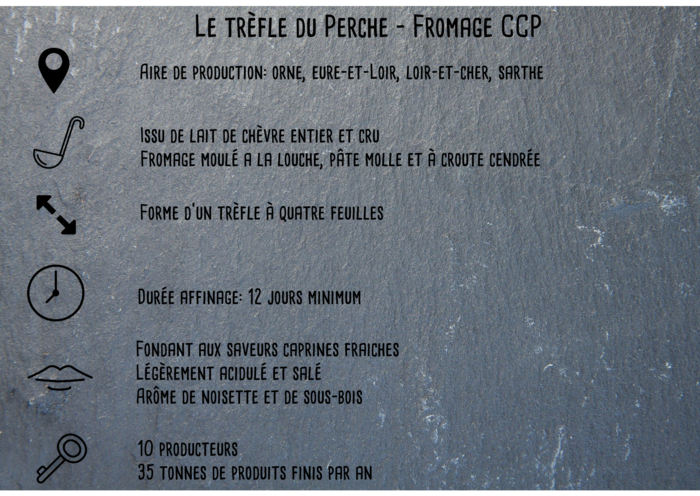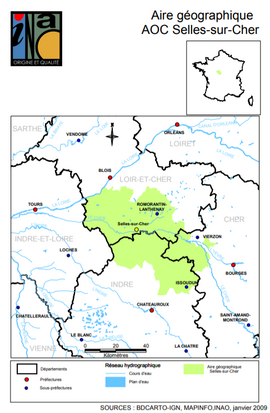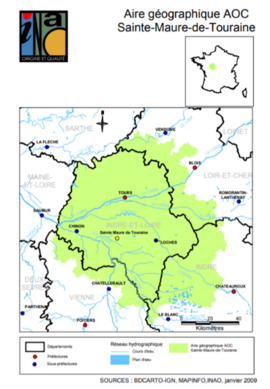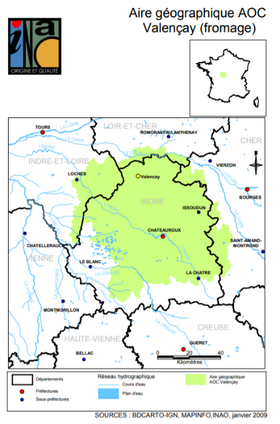Create recipes like a chef
Would you like to enjoy the challenge of creating a recipe at home?
Check out the recipes of the department’s restaurant chefs in video format.
Bon appétit!
More solidarity – for restaurateurs
How would you like to enjoy restaurant-quality dishes at home?
Your Loir-et-Cher restaurateurs offer a variety of delicious dishes to take away. How can they be identified? By the logo ![]() , indicated in the restaurant contact information sheets on the Saveurs41 map.
, indicated in the restaurant contact information sheets on the Saveurs41 map.
Bon appétit!
Apples, pears and seasonality!
Eating fruit and vegetables is good for you! Eating local and seasonal fruit and vegetables is even better!
You can find a seasonal fruit and vegetables calendar in the menu and the fruit and vegetables calendar section on Saveurs41

Saveurs 41 has had a makeover
With a new structure, new design and new features, Saveurs 41 ![]() has been upgraded to provide improved browsing comfort and to make your searches easier.
has been upgraded to provide improved browsing comfort and to make your searches easier.
In addition to food industry producers and artisans, you can search for the best restaurants in the department and keep Saveurs 41 ready to hand on your smartphone or tablet! ![]()
To be consumed without moderation !
The Cheeses
Goat’s cheeses: cheeses in different shapes
Logs, sticks and pyramids, the 3 protected appellation of origin cheeses of Loir-et-Cher will be a delight to your taste buds: ash-covered Selles-sur-Cher, soft and creamy Saint-Maure-de-Touraine, and supple but firm Valençay. An entire know-how between the banks of the Loire and Cher rivers.
Towards the north, in the heart of the Perche, you can try a piece of Trèfle.
Cheeses to add to your dishes without moderation.
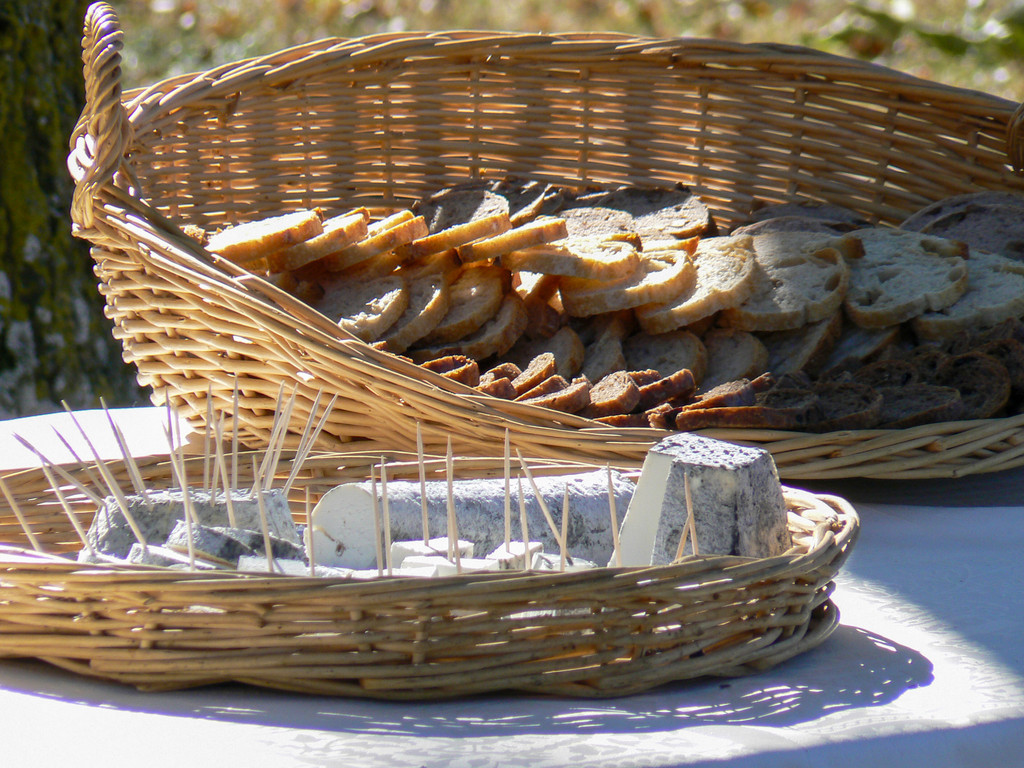
1.Curdling of the milk
After collection, the goat’s milk can be used for making raw or pasteurised cheese.
Lactic ferments are added to the milk which have always been used to produce cheese and yoghurt with the rennet for the coagulation.
The curds, the coagulated solid part, are then separated from the whey.
2. Moulding of the curd
It is during this stage that the shape of the cheese is decided upon. The curdled milk is collected and placed into small perforated containers in various shapes.
3. Draining
The pierced moulds allow for the whey to be removed over a period of 24 to 48 hours. This stage plays an important role in the conservation of the cheese.
4. Salting
Salt is scattered over the moulded cheeses. The salting is essential to give a stronger taste to the cheese and to prevent the growth of micro-organisms.
5. Ripening
Certain cheeses will be consumed fresh, after having been drained and removed from the moulds while others will continue their ripening process. The latter are then stored in a cool, humid and well-ventilated environment.
A little history:
In the beginning, Selles-sur-Cher was traditionally produced at home mostly by women who later adopted lactic technology. The use of ash, then charcoal powder mixed with salt, secured the cheese’s quality as it matured. At the end of the 19th century, collectors of farmyard products, known as coquetiers, would pass by the farm to collect eggs and chickens but also cheese. Some came to specialise in this activity, collecting fresh cheeses in order to coat them in ash and mature them before selling them on.
The main centre for the collection and resale of these cheeses was the town of Selles-sur-Cher. The cheeses came to be known by the name of the town in which they were matured.
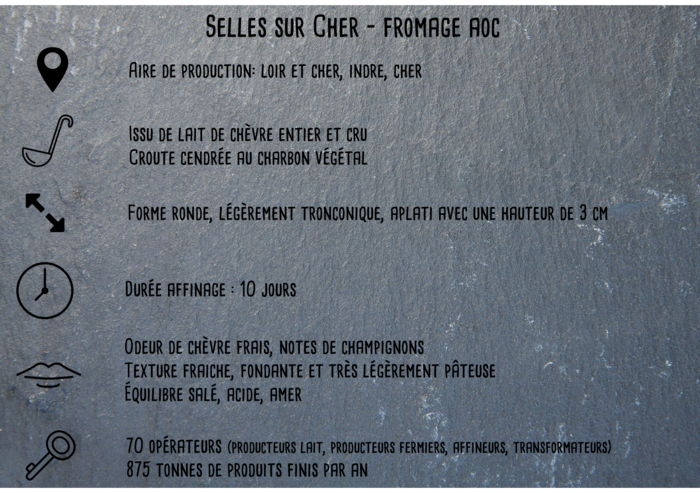
A little history:
There were no herds of goats in this region until the middle of the 20th century. The poorer rural households would have only one to three goats. Keeping the goats was the job of the grandmother who would care for the goats, feed them, milk them and make the cheese. The milk was used raw and whole straight after milking. The volume of a “Sainte-Maure de Touraine” mould corresponded to the daily volume of milk produced by a goat, that is around 2.5 litres of milk to make one cheese. There was no dairy, the work was done in the kitchen and the cheeses were left to dry near the chimney. The elongated log shape made the cheese fragile and hard to handle, so running a cereal straw through it lengthways made handling easier. The modern day production techniques stem from that history. The cheese is obtained by lactic acid coagulation of the whole, raw milk along with the addition of a small amount of rennet. The curd is placed into tapered moulds.
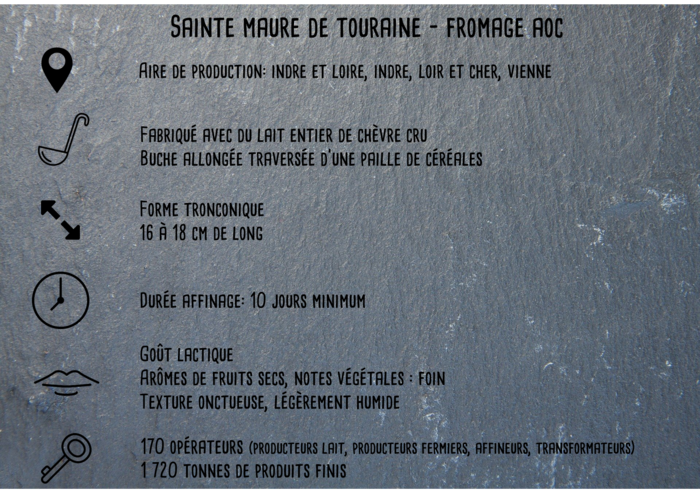
A little history:
There are numerous historical accounts attesting to goats in Berry, in the capitulars of Charlemagne and the 16th-century records of Châtre en Berry. A variety of written sources, from Talleyrand, the chatelain of Valençay, to the first empire and George Sand, mention the taste and refined quality of this cheese, traditionally made on the farm for local consumption. Talleyrand played an important role in changing the cheese’s shape from the original local form to the truncated-pyramid mould. He also introduced it to the tables of the Paris aristocracy. Yet it was not until the 20th century that marketing of the cheese really took off amongst the general population, under the aristocratic name of "Valençay“.
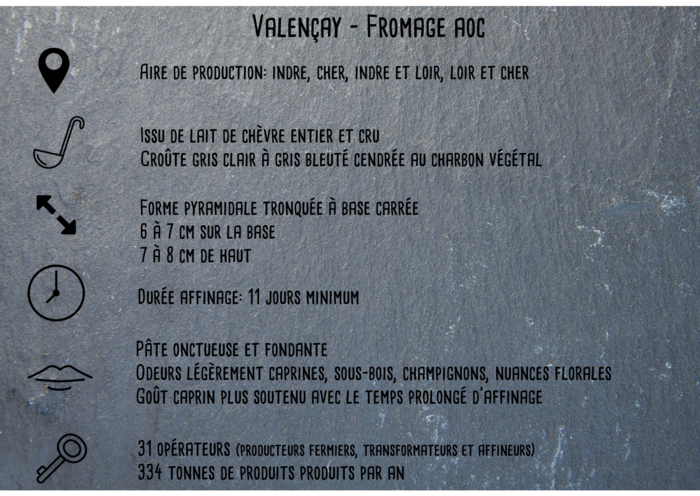
A little history:
According to historical research carried out in 2000, the Perche Sarthois producers found a clay mould in the shape of a four-leaved clover. Believing that it had previously been used to produce cheese and wishing to give it a new lease of life, they decided to use this mould shape to produce goat’s cheese with raw milk and to name it: Trèfle du Perche.
The producers of Trèfle have formed an association to defend and protect the product. Moulded by hand by ladling, this typical regional cheese does not yet hold a protected appellation of origin or a distinctive sign of quality. In their efforts to seek better recognition of this cheese, the association launched a Protected Geographical Indication process, which will bolster the product compliance certification (PCC).
The production of cheese extends from the Sarthe, Eure et Loire, Orne and Loir-et-Cher regions.
